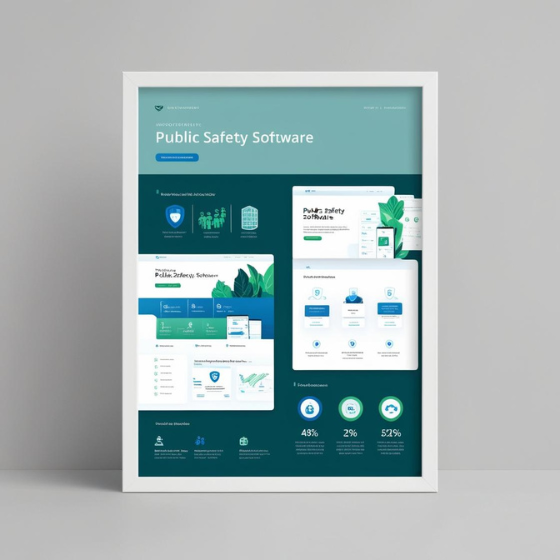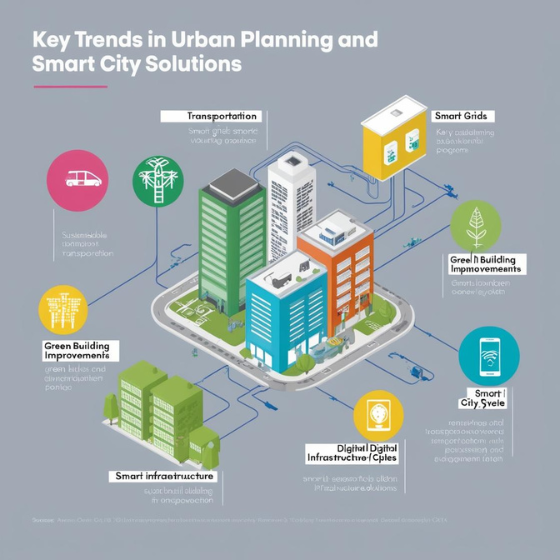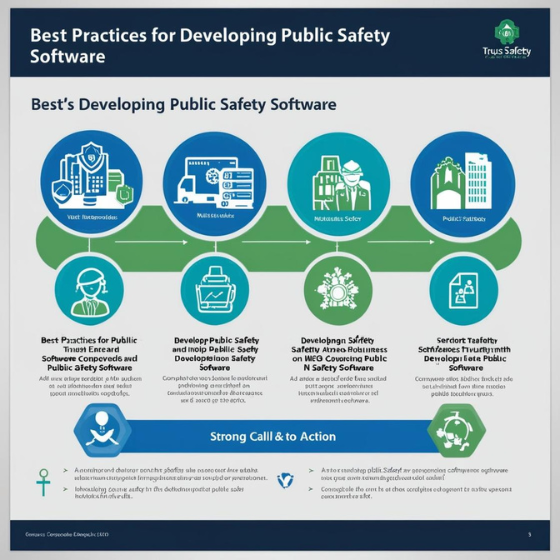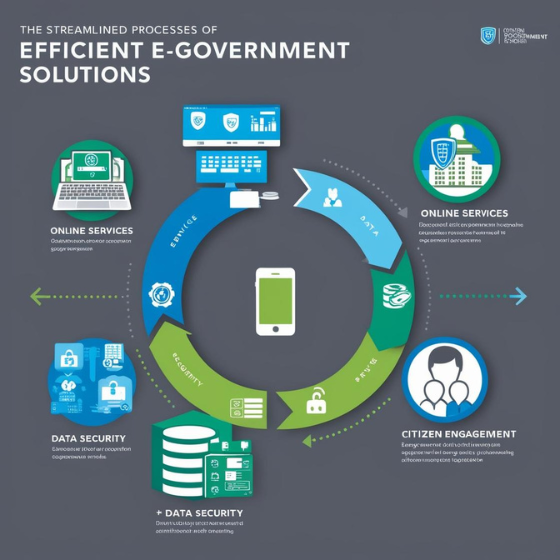Public Safety Software: Ensuring Community Safety
In an increasingly complex world, ensuring public safety has become a top priority for governments and communities. Public safety software offers a cutting-edge approach to addressing threats, streamlining emergency response, and fostering secure environments. From crime prevention to disaster management, these tools empower agencies to act swiftly and effectively.
In this blog, we’ll explore the concept of public safety software, its key features, benefits, and real-world applications that demonstrate how it contributes to community safety.
What Is Public Safety Software?
Public safety software refers to digital solutions designed to enhance the efficiency and effectiveness of agencies responsible for maintaining law and order, emergency response, and disaster management. These systems integrate data analysis, real-time communication, and automation to enable timely and coordinated actions.
Key Components of Public Safety Software:
- Emergency Management Systems: Tools for disaster planning, response, and recovery.
- Crime Mapping and Analysis: Platforms for identifying crime patterns and hotspots.
- Computer-Aided Dispatch (CAD): Systems that dispatch emergency services based on real-time location data.
- Incident Reporting Tools: Platforms for recording and managing public safety incidents.
- AI-Powered Predictive Tools: AI-driven solutions to anticipate and mitigate risks.
Why Is Public Safety Software Important?
Public safety software revolutionizes how agencies operate, helping them overcome traditional challenges like delayed response times, communication gaps, and resource inefficiencies.
Key Benefits:
- Improved Response Times: Enables rapid mobilization of emergency services.
- Data-Driven Decision-Making: Provides actionable insights for better resource allocation.
- Enhanced Collaboration: Facilitates seamless communication between multiple agencies.
- Proactive Threat Mitigation: Uses predictive analytics to identify and address risks before they escalate.
Features of Effective Public Safety Software
1. Real-Time Data Integration
Effective public safety systems integrate data from multiple sources, such as surveillance cameras, weather forecasts, and social media feeds, to provide a comprehensive view of ongoing situations.
Example: A city’s emergency operations center can monitor traffic cameras and weather updates to guide evacuation routes during a flood.
2. Advanced Communication Tools
Seamless communication is critical for coordinated action. Public safety software should include tools like:
- Push-to-Talk Communication for first responders.
- Integrated Voice and Data Systems for real-time updates.
- Mobile Access for field agents.
3. Geospatial Mapping and Analysis
Mapping tools enable agencies to visualize data, track assets, and identify risk areas.
- Crime Mapping: Highlights high-crime areas for targeted patrolling.
- Resource Tracking: Locates emergency vehicles and personnel in real time.
4. Incident Reporting and Case Management
Public safety software should simplify the reporting and management of incidents.
- Features Include:
- Automated reporting workflows.
- Centralized databases for incident records.
- Integration with legal and administrative systems.
5. Predictive Analytics
By analyzing historical data and trends, predictive tools can help agencies anticipate issues such as crime spikes or natural disasters.
Example: AI-powered systems can predict the likelihood of wildfires based on weather patterns and vegetation density.
6. Cybersecurity Measures
Given the sensitive nature of public safety data, robust security features are essential. These include:
- Data Encryption: Protects information during transmission and storage.
- Access Controls: Ensures only authorized personnel can access sensitive data.
- Regular Audits: Detect and mitigate vulnerabilities proactively.
Applications of Public Safety Software
Public safety software has transformed operations across various domains.
1. Law Enforcement
- Crime Tracking: Helps police identify and address high-crime areas.
- Evidence Management: Digitizes and organizes evidence for legal proceedings.
2. Emergency Services
- Dispatch Optimization: Ensures ambulances or fire trucks reach emergencies faster.
- Disaster Preparedness: Coordinates relief efforts during natural disasters.
3. Community Engagement
- Mobile Apps: Allow citizens to report incidents or access emergency services.
- Public Alerts: Notify communities of imminent threats, such as severe weather conditions.
4. Transportation Safety
- Traffic Management Systems: Optimize traffic flow to prevent accidents.
- Railway and Aviation Safety: Monitor systems for real-time threat detection.
Real-World Success Stories
1. CompStat in New York City
The New York Police Department (NYPD) implemented CompStat, a crime-mapping tool, to analyze crime data and allocate resources effectively. This led to a significant reduction in crime rates.
2. Australia’s Disaster Management Platform
Australia developed a national disaster alert system to provide real-time updates during bushfires and floods. The platform uses geospatial data to guide evacuation efforts.
3. Smart Policing in Dubai
Dubai Police employs AI-driven public safety software to predict crimes, analyze data, and deploy resources efficiently, enhancing overall community safety.
Challenges in Implementing Public Safety Software
Despite its benefits, adopting public safety software can pose challenges.
1. High Initial Costs
Developing and deploying software can be expensive.
Solution: Governments can explore public-private partnerships to share costs.
2. Resistance to Change
Personnel may resist transitioning from traditional methods to digital systems.
Solution: Offer training programs and demonstrate the benefits of the software.
3. Data Privacy Concerns
Handling sensitive data raises privacy issues.
Solution: Implement strict security protocols and comply with data protection laws.
The Future of Public Safety Software
As technology evolves, public safety software is set to become even more sophisticated.
Key Trends:
- AI and Machine Learning: Enabling smarter, faster decision-making.
- IoT Integration: Connecting devices like sensors and drones for real-time monitoring.
- Blockchain Technology: Enhancing data security and transparency.
- 5G Connectivity: Improving the speed and reliability of communications.
Why Choose Sodio for Public Safety Software?
At Sodio, we specialize in developing tailored public safety solutions that address the unique needs of governments and communities.
Our Offerings:
- Custom Development: Software designed to meet specific safety challenges.
- Advanced Analytics: Predictive tools to anticipate and mitigate risks.
- Robust Security: State-of-the-art encryption and compliance with global standards.
- User-Centric Design: Intuitive platforms for ease of use by agencies and citizens alike.
Let Sodio help you create safer communities with innovative public safety software. Explore our services here.
Conclusion
Public safety software is revolutionizing how governments and agencies ensure community safety. By leveraging technology, these solutions enhance response times, improve resource allocation, and foster collaboration among stakeholders.
Ready to transform your community’s safety? Contact Sodio today to develop cutting-edge public safety software tailored to your needs.







